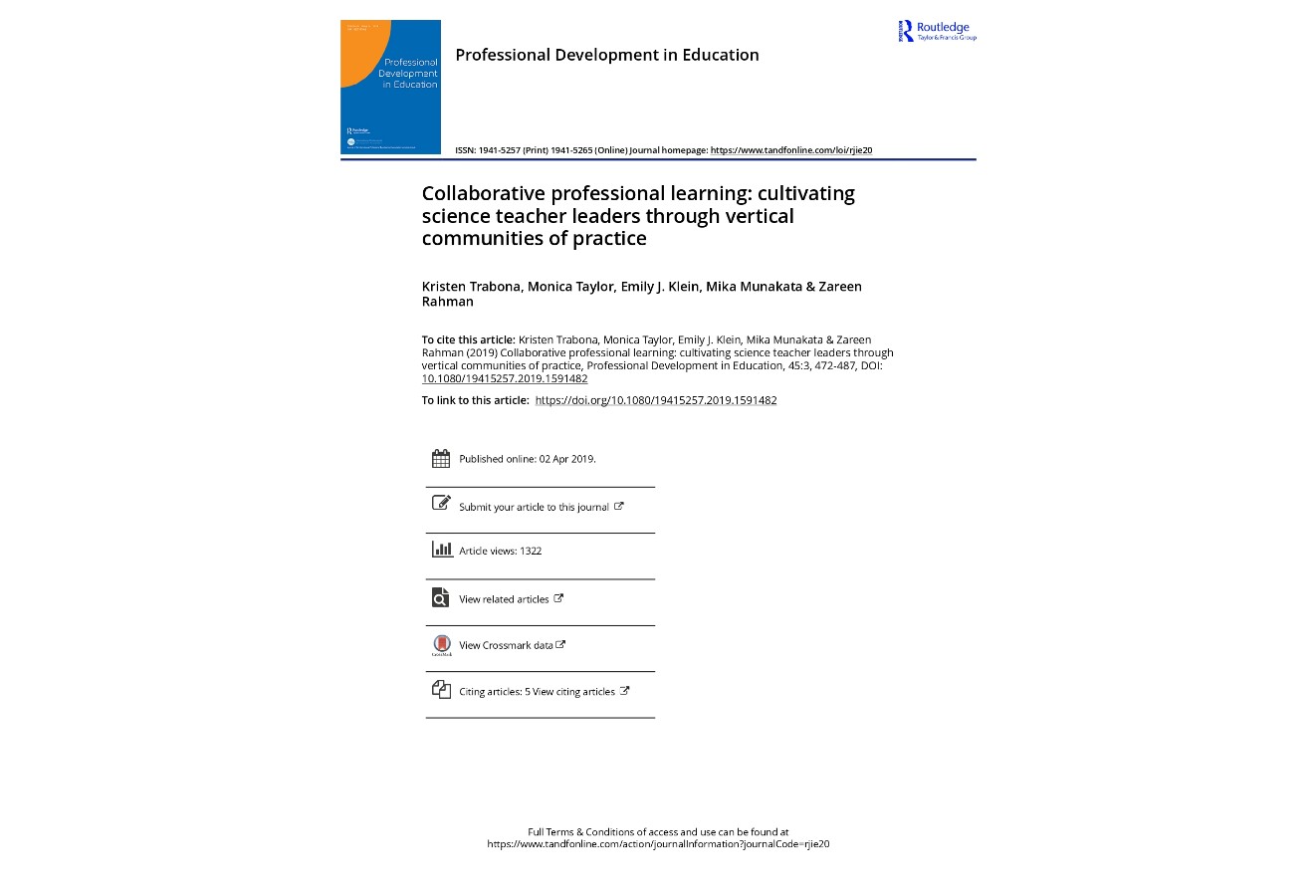
In recent years, accountability policies have raised the stakes for school improvement, resulting in an almost continuous stream of reform efforts to increase student achievement (Coburn 2003,Hatch et al. 2005, Henig and Stone 2008). A range of formal structures guides the implementation of these reforms with the direct intention of building the individual capacity of teachers to improve their performance (Spillane 1999, Darling-Hammond 2000, Datnow et al. 2002). Thus, the role of the teacher is redefined. Teacher leadership represents a major shift in conceptualizing a teacher’s role from a focus solely on student achievement to collaborating with other professionals and influencing the success of all (students and teachers) within a school (Barth, 2001, Katzenmeyer and Moller 2001, Robinson 2009). Even with recent emphasis on teacher leadership from a reform perspective, there is little empirical research on how emerging teacher leaders navigate the structure of schools and districts, build collegial relationships, encourage collaboration, and foster educational improvement at the classroom level.While the idea of teacher leadership is not new, there has been an increased scholarly and policy interest in fostering teacher leaders as change agents to address challenges such as innovating curricula, addressing the needs of diverse student populations, and committing to continual reform efforts. As central members of the school community, teachers play a unique role in helping colleagues initiate and sustain a community of learners and leaders to support such demands. They can improve instructional practice in schools and impact student learning(Crowther et al. 2002). Teacher leaders are teachers who lead within and beyond the classroom,contribute to a community of teachers, learners, and leaders, and influence other teachers toward improved educational practice (Katzenmeyer and Moller 2001). They act as facilitators
